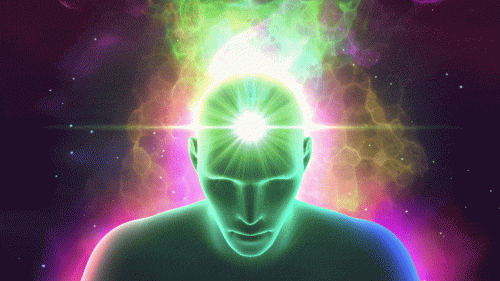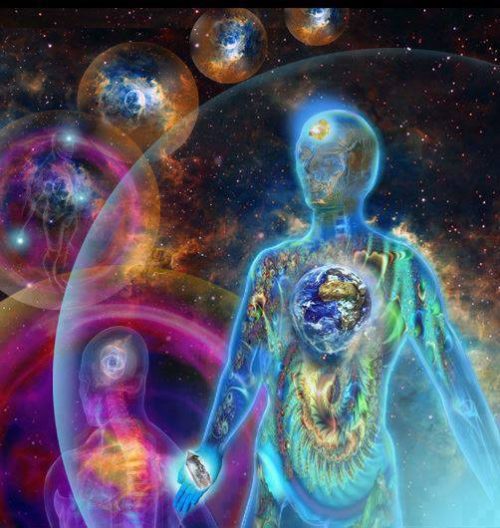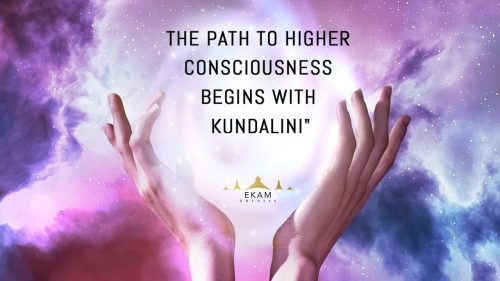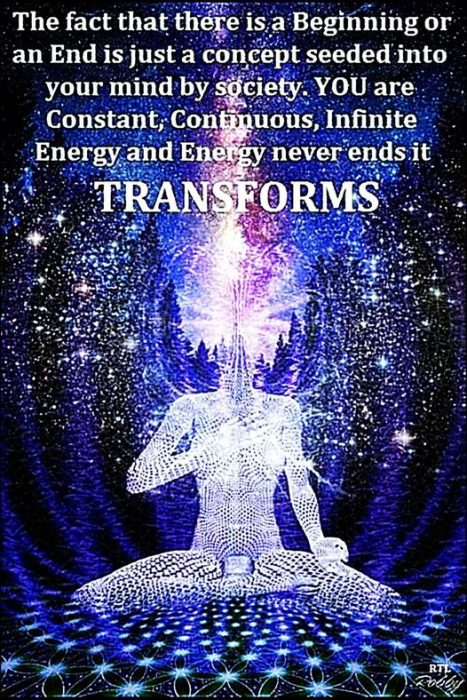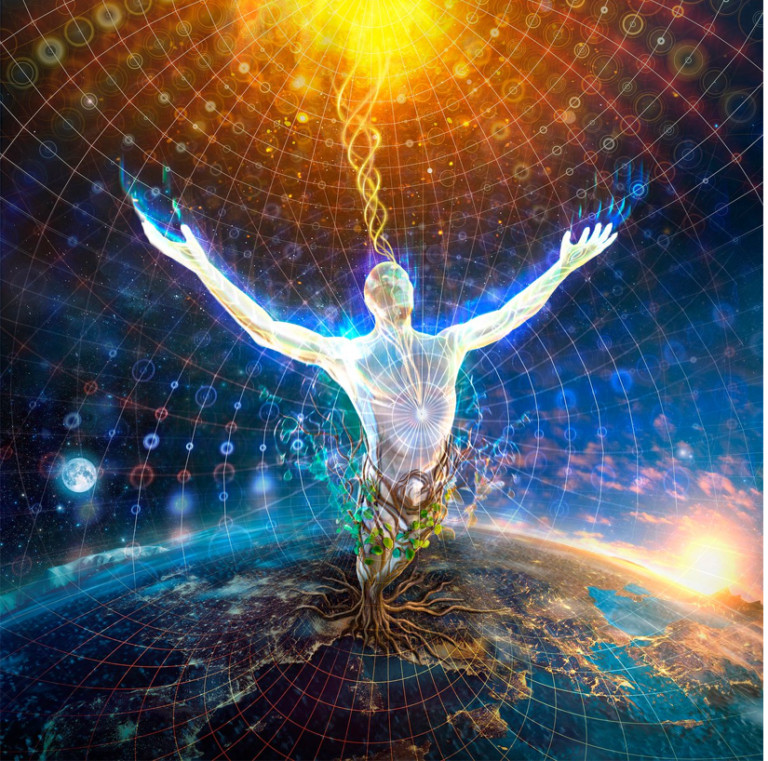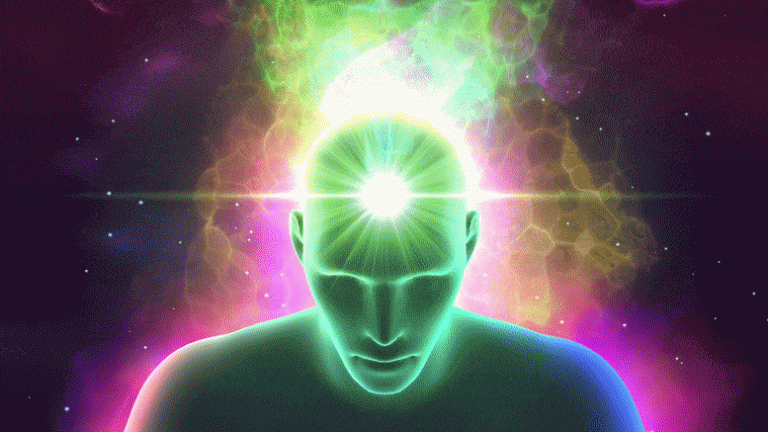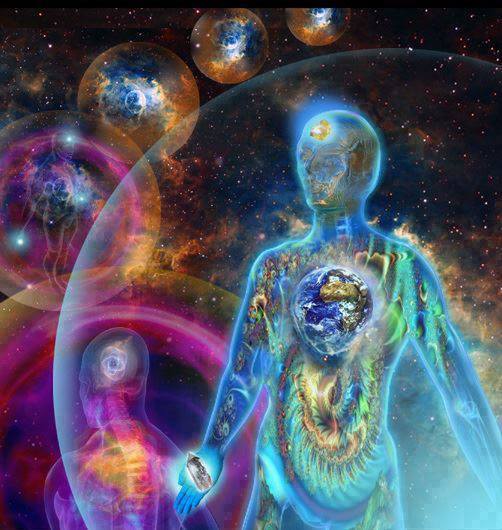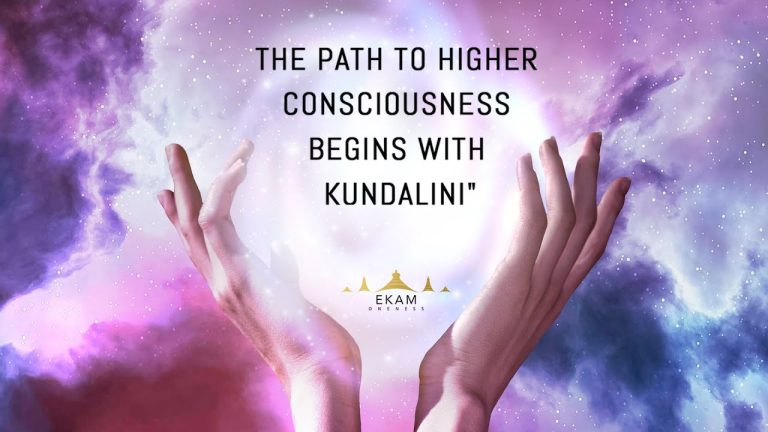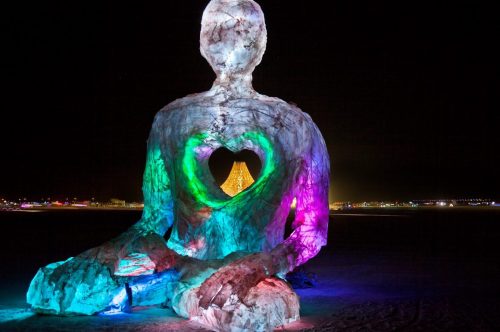
Does particles have Egos? Matter is imagined to be trapped light. Human feelings such as love and hate could be described in terms of simpler and more primitive base feelings found in the matter-light transformations of electrons. Electrons composed of trapped light desire freedom. Electrons “feel” some form of suffering because of this confinement. Our human suffering arises from theirs and comes out of a desire to become light once again.
Many physicists believe that all matter is composed of trapped light
Da Free John considers the Freudian ego to be a devastating construct that keeps human beings from realizing their god-selves. He points out that we each live in egoic stress. The ego, he says, is a process of self-possessed physical, emotional, and mental reaction to the circumstances of life—the ego’s action is stress production. And stress, he explains, is easy to trigger through either the frustration of self-motion or through the fear of taking that motion. The stress, therefore, is released by either making the motion or by relaxing and releasing the frustration reaction.
Paramahansa Yogananda describes the ego as the root cause of dualism—the seeming separation between man and his creator.li According to Yogananda, ahankara (desire) brings human beings under the sway of maya (cosmic delusion), by which the subject (ego) falsely appears as object. J. Krishnamurti suggests that our brains, when looked at collectively, are very old.
A human brain is not any particular brain; it doesn’t belong to anyone. It, instead, has evolved over millions of years. Consequently, there are built-in patterns for success and survival that exist today, but that may be outmoded. one of these patterns is the ego and its tendencies.
The disincarnate entity Seth describes the ego as specialized in expansions of space and its manipulations.
The ego arose in tribal environments as a necessary specialization; it enabled data from the senses to be differentiated emotionally and otherwise.
Tribes formed in which members were considered as being either inside or outside the tribe. This tribal consciousness was the first group ego. Later, as group consciousness waned due to adaptive evolutionary increase in individual awareness, consciousness was not able to handle the tribal ego as it was, and individuation began to take place.
Particles Have Egos
Many physicists believe that all matter is composed of trapped light, a belief embodied in Einstein’s famous E=mcz According to this equation, when matter emits light energy, it loses some of itself—its mass diminishes.
Thus, matter is imagined to be trapped light. Human feelings such as love and hate could be described in terms of simpler and more primitive base feelings found in the matter-light transformations of electrons.
For example, hate (which I take to be synonymous with desire for isolation), is connected with the fact that no two electrons will ever exist in the same quantum state. Love is explained in terms of the behavior of light particles—photons.
All photons tend to move into the same state if given the chance; thus, in a physical sense, the phrase “light is love” is no exaggeration. Hence love represents people tending to be in a unified state of consciousness, as in, for example, lovers being of like minds, or becoming one with God.
In a similar sense, we all suffer from loneliness and other pain connected with our material bodies because of this isolation—or hate—property of electrons. Electrons composed of trapped light desire freedom. Electrons “feel” some form of suffering because of this confinement.
Our human suffering arises from theirs and comes out of a desire to become light once again. All of our human feelings and emotions are rooted in these simple physical properties of matter.
Or perhaps better put, in light of the new alchemy spirit, the physical properties of matter and the feeling properties we experience come from a deeper place where mind and matter are not separate.
The actions of the ego, then, are similar to the actions of the particle in the box. When a learning experience occurs, the ego contracts in the same way that the boundaries of the box contract. This contraction can occur in two ways: either
- The newly formed box precisely contains the wave it held, with no change in form, energy, or pitch. Or,
- An energy change occurs because the wave changes its form in order to fit the new box. I label this as irrational contraction.
Over millions of years, the things that worked the best were selected. “Art, the whole phenomenon of creativity, evolved as a lat-eral displacement by Ego. It emerged out from under the restric-tive pressures of complex social living.
What is art if not an ex-pression of self, of identity? It is a longing for recognition and praise. It is also a soft and usually inoffensive form of elitism. Even the advent of a primitive cave painting is unlikely without first a downward deflection of Ego.
Somewhere between Ramapitbecus and the modern human being, DNA learned how to laugh, love, grieve and at times hate from its very essence. Its reservoir of feelings were manipulated as readily as a plant uses its roots and foliage.
Feelings are an adaptation hungered for by Ego, honed by increasing intelligence, driven by Id. Emotivity can be a thorn, a turning leaf, a wilting, a boastful bloom, an overshadowing or an overture for love.
Even that vague emptiness denoted as loneliness has emerged from the primal incentives of evolution. Loneliness is a shadow paradox of gravitropic momentum.
Ego hungers for the attention and affections of others who, taken collectively, are embroiled in the business of mass ascension. The irony is that one’s status is difficult to measure without first wading into the social fray. Loneli-ness is perhaps best defined as an emotional litmus reaction to social excommunication and of nebulous sensations of falling behind the cadence of assured survival.
“Nothing felt by Ego can be separated from the overlay of evolutionary momentum. Move down the ladder of life and the need for feelings diminishes, just as does parental responsibility. A plant might toss its seeds to the caprices of wind while the ability to tolerate and actually care for toddler Ego has been se-lected along the human lineage.
Certainly a degree or two of human emotion is preposterous. After all, by geological stand-ards, human feelings evolved very quickly. They were a rush or-der, if you will, forced by the rapid complexifying of social col-lectives.
The emotional vaudevillian act had to be hastily thrown together while individuals were concomitantly buried in dos and don’ts. Little wonder, what with Ego valiantly and hurriedly sort-ing through primal and social fears, that all manner of psycho-logical problems emerged in tangent with the useful sniff.
Things like manic-depressive illnesses and weird and wonderful phobias. Comparatively, though, humans probably possess no more su-perfluous emotion than any of the other species on the planet. It is all relative. “Feelings have come a long way since your ancestors crawled from the ancient oceans.
So far, in fact, a needful propensity has emerged to levitate the marvelous blend of sensations denoted as love into metaphysical regions. The idea of love somehow be-comes ethereal, celestial. Dreams and romanticism surround the very invoking of the concept. Prose is written.
Songs are cornposed. The whole is described in hushed and reverent tones. None of it really bears much resemblance to the reality of daily survival and procreation across the planet but human Ego em-ploys the romanticism as one more measure of itself above and beyond the rest of evolution.
From that plateau a leap of faith can be made to the idea of a loving creator. In reality DNA is manipulating sensation as a means to replication. “Love is evolution’s only atonement for the misery intellect must endure. It is the last retreat of sanity amidst the madness of war. Love is the embrace of life itself.
Without it, intellect is quickly doomed. Intellect and pure indifference march in deter-mined haste to self-annihilation. Love makes the journey to ex-tinction a more winding path. At every bend shimmers a mirage of promise.
Behind lies the litter of desolation. “Love is the summit of a pyramid of emotions drawn by tidal forces. Should a primordial bacterium have hope, it could hope for nothing more.
The stalemate of the World War has spread the application of this truth which was always valid for individuals, to the nations themselves. Even the English nation trembles in its shoes because it knows—as a nation—that its type is no longer sufficient, not even in the Anglican Church. The great nations are being forced to make allowances for the inadequacy of their own types. They are shocked by this. They meet the shock by violent revulsions and all kinds of escapes and arrangements by which the shock may be neutralized. By their convulsions and self-encirclements they clearly admit that this mutual per-meation is at work.
The future task is to lead man’s life through a sequence of different phases and well-timed allegiances. No single allegiance can claim domination any longer over our whole life.
